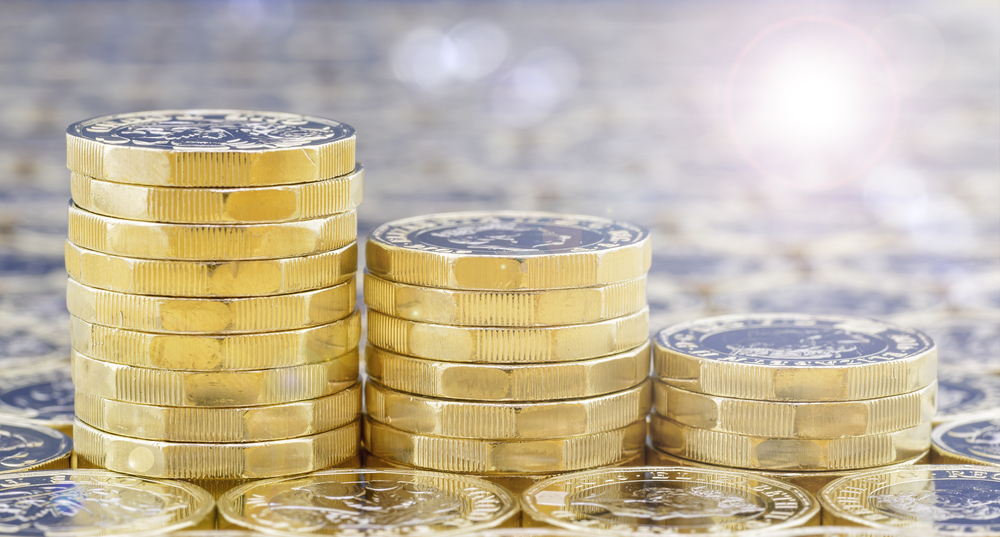
The established expectations of the foreign exchange market which have built up over the last few months appeared to begin to wither on Thursday and into Friday after currencies like the pound saw surges rather than drops.
Sterling, which has been besieged for months by worries over the ongoing Brexit saga, reached its best-performing point for two months yesterday in its pair with the US dollar.
It reached a value of $1.2566 at one stage against the dollar, and this was all part of a pattern of growth for the currency in recent times.
It was due in part to an announcement from the President of the European Commission, Jean-Claude Juncker, that Britain would be able to strike a deal with the EU and leave on good terms.
This stood in stark contrast to earlier in the week when the British Prime Minister, Boris Johnson, caused drama in the EU by pulling out of a press conference after meeting Juncker.
The currency’s rise also came in part due to an announcement by the Bank of England that there would be no change to the country’s headline interest rate monetary policy.
This was held firm at 0.75%, the Bank confirmed.
More broadly, the Bank’s decision was supported by moves from other central banks around the world – and a similar pattern of currency rises occurred in those countries too.
Japan, for example, saw its Bank hold interest rates firm, as did the Swiss National Bank.
Both currencies, which are so-called safe havens that attract traders during times of uncertainty, went up by a fifth of a percentage point in response to the news.
In another sign that the forex markets might be realigning, the once-dominant US dollar showed a significant drop – despite the fact that it had benefitted from its own September central bank decision just a few days earlier.
The dollar index, which monitors the greenback’s performance in comparison to six other major currencies from across the globe, went down to 92.223.
It also lost out against the safe havens.
It was recorded at 0.9910 in its pair with the Swiss franc, for example.
According to analysts, one of the biggest barriers to the dollar’s growth at the present moment is a suggestion that the impending trade talks between the US and China are not showing enough concrete progress.
Elsewhere around the world, the risk-friendly Australian dollar predictably failed to show much improvement.
It did, however, go up marginally in its pair with the US dollar.
It was recorded at $0.6799 at one stage, although this is still in a significant trough.
Over the course of the past week, more than an entire percentage point has been wiped off the value of the Australian dollar – and the same goes for the dollar of nearby New Zealand.
Analysts at Citi, a major banking group, announced on Friday that they were now expecting the Reserve Bank of Australia to cut interest rates when it meets in October.
 Between 74-89% of CFD traders lose
Between 74-89% of CFD traders lose  Your capital is at risk
Your capital is at risk  Your capital is at risk
Your capital is at risk  Your capital is at risk
Your capital is at risk